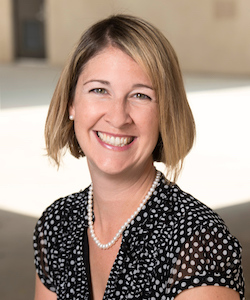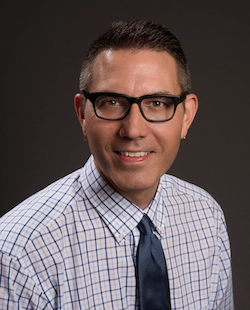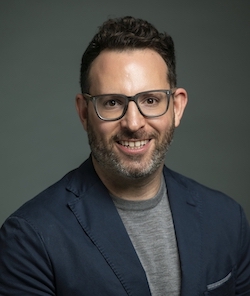
As K–12 students head back to in-person school, professors at George Mason University’s College of Education and Human Development are studying the effects of the pandemic on learning and helping teachers better meet student needs. Mason is home to a wide variety of teaching programs, including degree options, certifications and advanced professional studies courses.
“We hope we have empowered teachers through our instruction to advocate on behalf of their students, to continue to adapt to meet student needs, and to support students in a way that makes them feel confident and capable,” said Courtney K. Baker, assistant professor and academic program coordinator for CEHD’s Mathematics Education Leadership Program. “Students have experienced challenges over the pandemic, and teachers will have to meet students where they are and move forward together.”
One of the catch phrases when talking about K–12 education in the pandemic is “learning loss.” Mason experts say that students have experienced loss, including educational, social and emotional. However, educators like Baker challenge the use of the term “learning loss” to describe what students have experienced.

“Students may have had a year that didn’t look normal, but we also need to find a way to honor what they did learn during this time and help them see their own strengths,” said Baker.
Baker said that Mathematics Education Leadership instructors teach educators to analyze curriculum to ensure the materials being used are the most useful and engaging and to check in on students regularly to gauge their progress in critical thinking and problem-solving, not just memorization.
Kristien Zenkov, professor of education and academic program coordinator of the Secondary Education Program, notes that teachers should understand that the pandemic has increased the educational disparities between students with economic security and students in low-income families.

“We want our teachers and future teachers to recognize that kids with fewer resources have experienced a year to a year and a half of interrupted formal education, whereas kids with means have had more opportunities for continued education,” such as tutors and easier access to virtual education, said Zenkov. “When we talk about learning loss, that’s what we should be talking about.”
One issue teachers and administrators in public schools will inevitably face is a lack of resources to fully address the problems facing students, said Matthew P. Steinberg, associate professor of education and public policy at both CEHD and Schar School of Policy and Government.
“There needs to be intensive instructional support, along with social and emotional support for students,” said Steinberg, director of EdPolicyForward. “However, it’s not clear to me that school districts have the resources. It seems that most of the focus is on how and whether to open schools for in-person learning and how to sustain instruction. Schools are stretched thin perennially and especially now.”

Nevertheless, there are actions individual teachers can take to improve the educational experience of all their students, said Audra Parker, professor of education and academic program coordinator for Mason’s Elementary Education Program.
“We teach our elementary educators the importance of building a relationship with their students and then building a community in which their students can take risks as learners,” said Parker. “When teachers really know their students and view all of the social, cultural, and academic knowledge they bring to the table as an asset, they can build their academic year around that. This concept seems especially important this year.”
